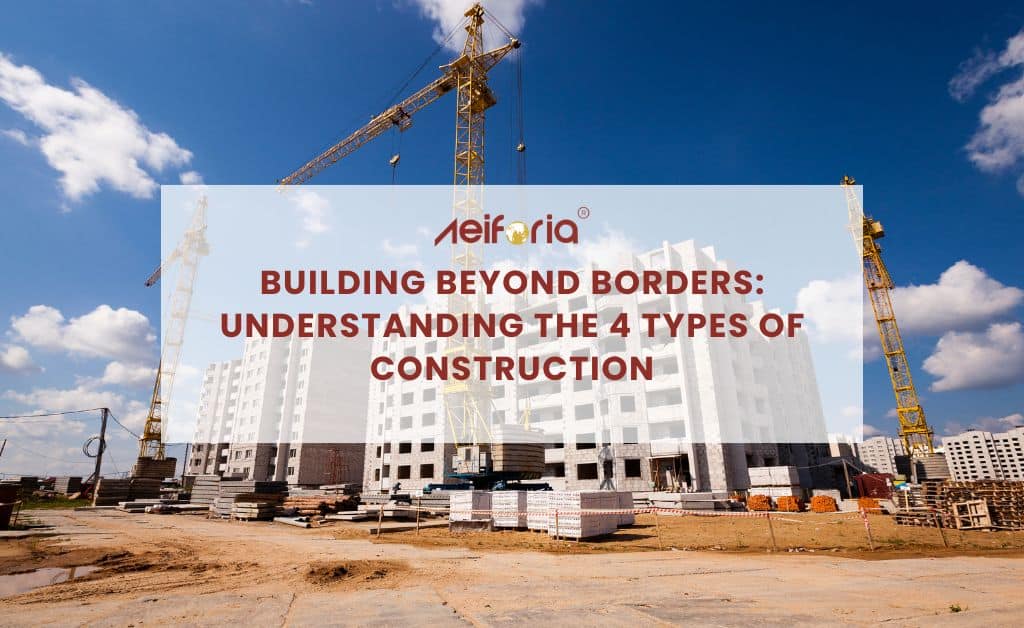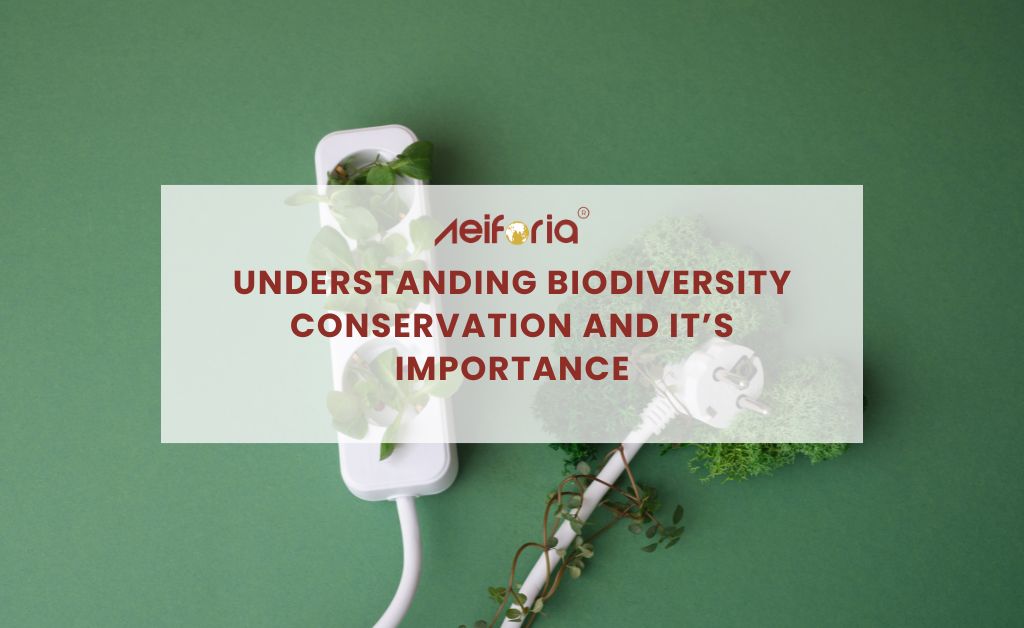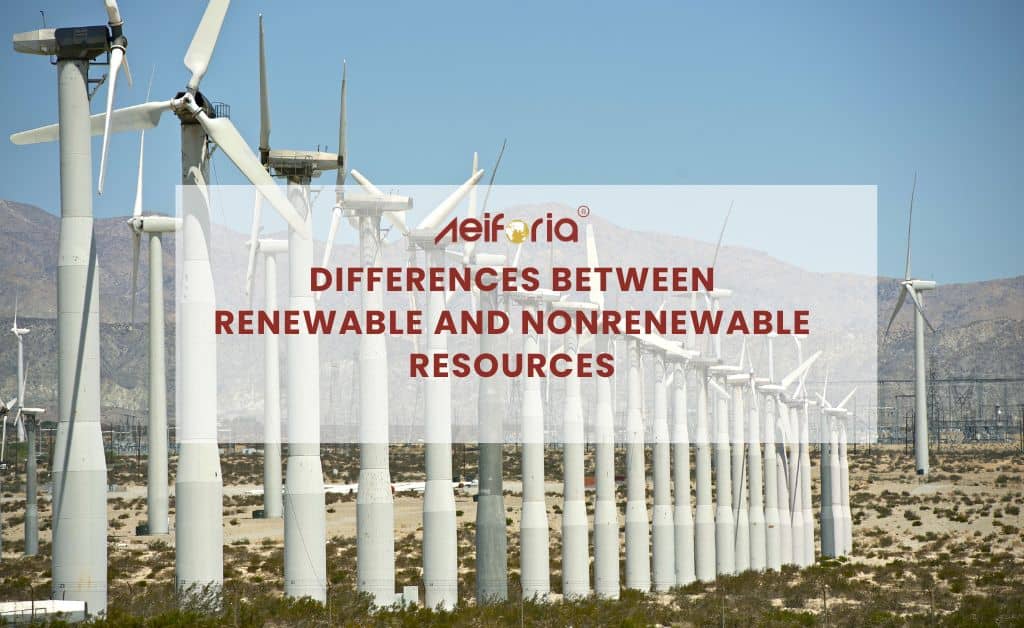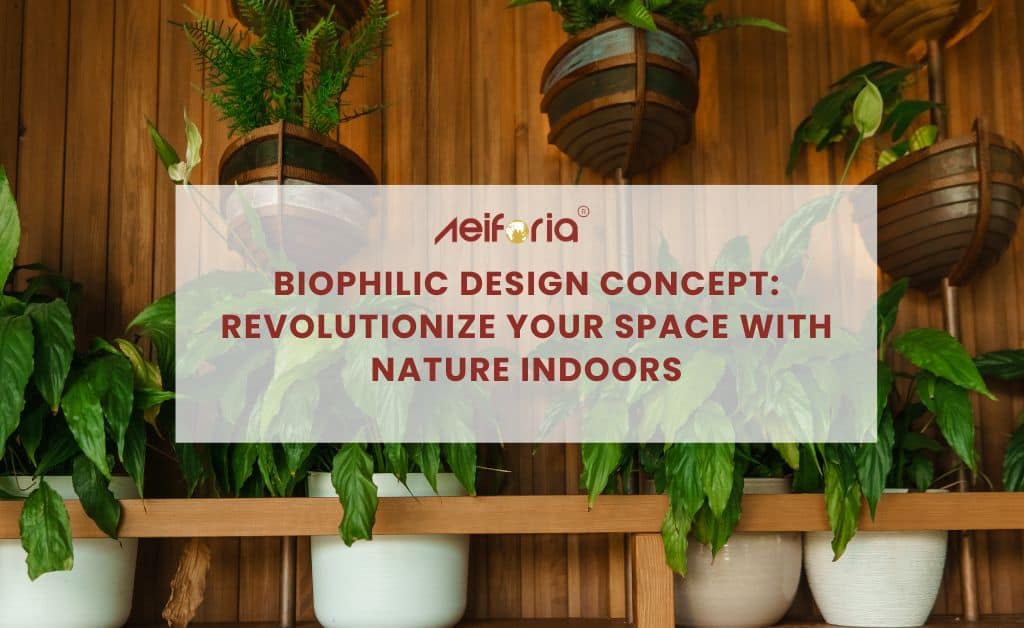
What are Some Environmental Advantages of Building Green
Building green has gained immense popularity in the construction industry in recent years. Green building refers to using environmentally friendly materials and practices in construction. It is a sustainable approach that aims to minimize the environmental impact of buildings. This article will discuss some of the environmental advantages of building green.
Introduction
The traditional construction approach often involves using materials that are harmful to the environment. The construction industry contributes significantly to greenhouse gas emissions, resource depletion, and waste generation. Green building practices aim to reduce the negative impact of construction on the environment while improving the overall quality of life for occupants.
Environmental Advantages of Building Green
Energy Efficiency
One of the most significant environmental advantages of building green is energy efficiency. The design of green buildings aims to reduce energy consumption and greenhouse gas emissions. Using efficient heating and cooling systems, high-quality insulation, and energy-efficient lighting can significantly reduce energy consumption. Green buildings can generate energy using renewable sources such as solar panels and wind turbines.
Reduced Carbon Footprint
Green building practices can significantly reduce the carbon footprint of buildings. Green buildings can substantially reduce greenhouse gas emissions by using sustainable materials, reducing energy consumption, and generating renewable energy. This reduction in emissions contributes to the global effort to mitigate climate change.
Water Conservation
Green buildings are designed to conserve water using efficient plumbing fixtures, rainwater harvesting systems, and landscaping techniques. Using low-flow showerheads, toilets, and faucets can significantly reduce water consumption. Rainwater harvesting systems can collect and use rainwater for irrigation, reducing the demand for municipal water.
Improved Air Quality
Green buildings are designed to improve indoor air quality by using materials that are non-toxic and free of harmful chemicals. Proper ventilation, air filtration, and greenery can also improve indoor air quality. Good indoor air quality has been linked to improved health and well-being.
Natural Resource Conservation
Green building practices aim to conserve natural resources by using sustainable materials, reducing waste generation, and preserving natural habitats. Employing sustainable materials such as bamboo, recycled steel, and reclaimed wood can significantly decrease the need for new or virgin materials. Using waste reduction techniques such as recycling and composting can considerably reduce the waste generated by construction activities.
Noise Reduction
Green buildings are designed to reduce noise pollution by using proper insulation and sound-absorbing materials. Double-paned windows, acoustic panels, and green roofs can significantly reduce noise pollution. This reduction in noise pollution can contribute to improved health and well-being.
Reduced Waste Generation
Green building practices aim to reduce waste generation by using sustainable materials and waste reduction techniques such as recycling and composting can significantly reduce the amount of waste generated by construction activities.
Sustainable Site Development
Green building practices aim to preserve natural habitats and promote sustainable site development. Using permeable paving, green roofs, and rain gardens can significantly reduce the impact of the action on the environment. These techniques can also improve stormwater management and reduce the demand for municipal water.
Health and Well-being
Green buildings can significantly improve the health and well-being of occupants by improving indoor air quality, reducing noise pollution, and promoting natural light and green spaces. Research has shown that exposure to natural light and green spaces can lead to lower stress levels, enhanced mood, and increased productivity. Incorporating natural elements like plants, also known as biophilic design, water, and natural light into the built environment has been shown to have significant benefits for health and well-being.
Economic Benefits
Green building practices can provide significant economic benefits. The use of energy-efficient systems and renewable energy can significantly reduce energy costs. Water conservation techniques can also reduce water bills. In addition, green buildings have been shown to have increased property values and reduced operating costs over time.
Resilience to Climate Change
Green buildings are designed to be more resilient to the effects of climate change. Green buildings can reduce their vulnerability to climate-related disasters such as floods, storms, and wildfires by using sustainable materials, reducing energy consumption, and generating renewable energy.
Increased Property Value
Green buildings have been shown to have increased property values over time. Using sustainable materials, energy-efficient systems, and renewable energy can increase the appeal and value of a property. Green buildings are also considered a wise investment due to their potential for reduced operating costs and increased resilience to climate change.
Cost Savings
Green building practices can provide significant cost savings over time. The use of energy-efficient systems and renewable energy can significantly reduce energy costs. Water conservation techniques can also reduce water bills. In addition, using sustainable materials and waste-reduction methods can reduce the costs associated with waste disposal.
Case Studies of Successful Green Buildings
Numerous successful green building projects have been completed around the world. One example is the Bullitt Center in Seattle, one of the world's greenest commercial buildings. The Bullitt Center generates its own energy through solar panels and rainwater harvesting, using sustainable materials throughout the building.
Conclusion
In conclusion, green building practices provide numerous environmental advantages such as energy efficiency, reduced carbon footprint, water conservation, improved air quality, natural resource conservation, noise reduction, and reduced waste generation. Green buildings also provide economic benefits such as reduced operating costs, increased property values, and cost savings. Additionally, green buildings are more resilient to the effects of climate change. They can significantly improve the health and well-being of occupants. As the demand for sustainable buildings grows, green building practices will become increasingly important in the construction industry.
FAQs
What is a green building?
Green building refers to using environmentally friendly materials and practices in the construction process to minimize the environmental impact of buildings.
What are the environmental benefits of constructing green buildings?
Some environmental advantages of building green include energy efficiency, reduced carbon footprint, water conservation, improved air quality, natural resource conservation, noise reduction, and reduced waste generation.
How do green buildings improve health and well-being?
Green buildings improve health and well-being by improving indoor air quality, reducing noise pollution, promoting natural light and green spaces, and incorporating biophilic design.
What economic benefits do green buildings provide?
Green buildings provide economic benefits such as reduced operating costs, increased property values, and cost savings through the use of energy-efficient systems and renewable energy.
What are some examples of successful green building projects?
Examples of successful green building projects are the Bullitt Center in Seattle and the Centre for Interactive Research on Sustainability at the University of British Columbia in Vancouver.






